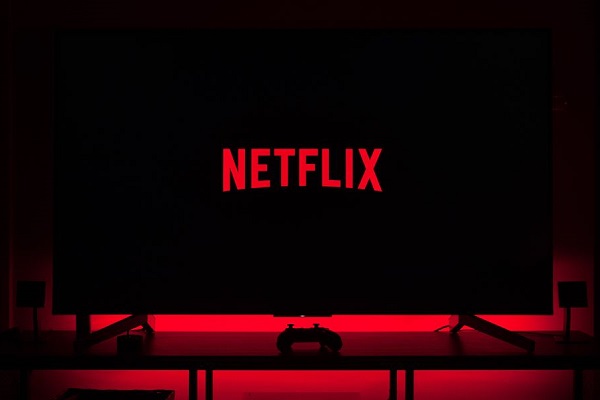Netflix is starting to face competition in terms of content budgets with the likes of Disney+ looking to spend around $8bn a year over the next few years.
Netflix has announced that it will spend $17bn on content in 2021 – on a par with its 2020 spend. Netflix shares, however, fell on April 20, after the streaming giant disclosed that it had added only 3.98m subscribers worldwide during the Q1 of 2021. In the current, Q2 ending June 30, the company expects to add 1m more paying customers.
On the content front, the company said that productions are up and running in every country in the world except Brazil and India, which are seeing new coronavirus waves. For 2021, the company said it expects to spend more than $17bn in cash on content — up more than 44% compared with $11.8bn last year, when numerous productions were put on hold because of the coronavirus crisis, and $13.9bn in 2019.
The company early in the year touted that it would release 71 films in 2021, equating to at least one new movie every week. “They are watching the kind of films that that would go to the theatre to see, but at the convenience of their timetable, their home, where they can really enjoy a great new film,” co-CEO Ted Sarandos said on the company’s earnings call.
Even as its subscriber numbers underperform, the company is in its best financial position ever, with lower marketing and content spend combined with its record existing subscriber base. As a result, the company had revenue of $7.16bn with operating margins of 27%, the best in the company’s history.
Netflix, meanwhile, has focused on growth in foreign markets given the more mature US market and increasing its prices due to its expanding lineup of original fare and signs that subscriber engagement with its service remains high.
“Over the years media companies have been really great at exporting content around the world,” Sarandos said. “But the one thing that we really have sharpened our skills on is creating content from anywhere in the world, and playing it all over the world.”
He added that the global scale of its content has also been attractive to creators in some of those other countries, including Japan and South Korea.
“As you tell stories from around the world, the more authentically local they are, the better they play around the world because people recognize the authenticity of storytelling,” he said.
In the meantime, revenue has jumped 24% in Q1 of this year when compared to the same period in 2020, paid memberships grew less than expected to 208m, Netflix said in its quarterly earnings release.
Its management team, led by co-CEOs Reed Hastings and Ted Sarandos, had forecast a gain of 6m, compared with an increase of 15.8m in the year-ago quarter, which had been fueled in part by stay-at-home orders due to the coronavirus pandemic.
“We had those 10 years that were smooth as silk, and we are just a little bit wobbly right now,” co-CEO Reed Hastings said on the company’s earnings call.
“It really boils down to Covid-19, frankly,” Netflix CFO Spencer Neumann added on the call. “For us, at a minimum, it creates some short term choppiness in the business trends.”
“We believe paid membership growth slowed due to the big Covid-19 pull forward in 2020 and a lighter content slate in the first half of this year, due to Covid-19 production delays,” the company wrote in its quarterly letter to shareholders. “We continue to anticipate a strong second half with the return of new seasons of some of our biggest hits and an exciting film lineup. In the short-term, there is some uncertainty from Covid-19; in the long-term, the rise of streaming to replace linear TV around the world is the clear trend in entertainment.”
The letter added that it expects subscriber growth “will re-accelerate in the second half of 2021,” as some of its tentpole films and most popular series debut on the service.
One thing that the company insisted was not a factor: Competition from competitors like Disney+, Paramount+, Peacock, or other streaming offerings. Hastings said they “looked through the data” to make sure competition wasn’t a factor in the miss.
“There is no real change that we can detect in the competitive environment, it has always been high and it remains high,” he added.










































































